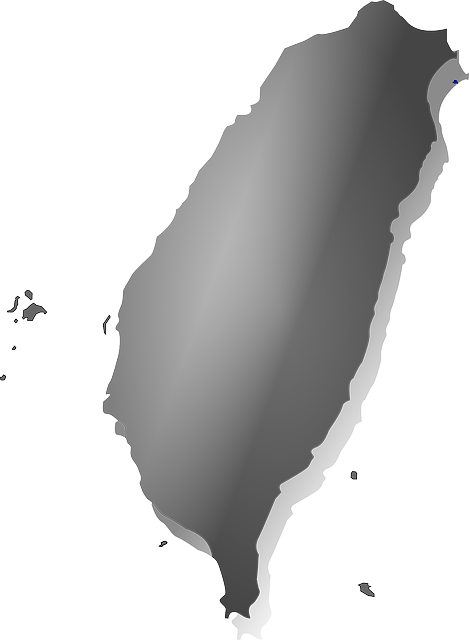The Taiwan Department of Disease Control and Prevention (CDC) reported last week 11 local confirmed cases of melioidosis in the country post-Typhoon Kemi.
All of the cases occurred in southern counties and cities, including 8 in Kaohsiung City. There are 2 cases in Tainan City and 1 case in Chiayi County, ranging in age from their 30s to their 80s. 10 of them have a history of chronic illness, and 1 has a history of alcoholism. Currently, all cases are hospitalized, and 3 of them are still being treated in the intensive care unit.
According to monitoring data from the CDC, there have been a total of 18 confirmed cases of indigenous melioidosis in China this year (2024), the highest number in the same period in five years (2019). The age of onset of the cases is mainly in the age group over 65 years old, and the distribution of residence is: 13 cases in Kaohsiung City, 2 cases in Tainan City, and 1 case each in Taoyuan City, Changhua County, and Chiayi County.

According to the CDC, melioidosis is caused by Burkholderia pseudomallei, which is found in soil, pools and stagnant water environments. It is mainly transmitted through skin wounds contacting soil or sewage contaminated by pathogenic bacteria, but it can also be transmitted through inhalation of contaminated dust, soil or water droplet infection. The epidemic after a typhoon is often inhalation infection, and the number of confirmed cases increases within one month after the typhoon.
The CDC further pointed out that the symptoms of melioidosis vary widely and may be asymptomatic.
Common symptoms include fever, headache, localized swelling and pain, ulcers, chest pain, cough, hemoptysis, and swollen lymph nodes, which can lead to skin abscesses, pneumonia, encephalitis and sepsis need to be treated with appropriate antibiotics as soon as possible. International reports indicate that the mortality rate of melioidosis can reach 40-75%.
According to domestic statistics, the mortality rate of melioidosis in the past five years is 4.5%. Among high-risk groups, such as those with diabetes, lung disease, liver disease, kidney disease, cancer, or those with compromised immune function, the probability of severe illness is higher. If you have symptoms such as fever, chest pain, cough, etc., please seek medical treatment as soon as possible for early diagnosis and treatment.
The CDC emphasizes that the melioidosis epidemic peaks after the typhoon, and people should take personal protective measures to avoid direct contact with skin and wounds or inhalation of contaminated dust, soil, and sewage to reduce the chance of infection. If suspected symptoms occur, especially in high-risk groups, they should seek medical treatment as soon as possible and inform them of their exposure history to sewage and sludge in order to obtain appropriate treatment. When doctors encounter suspected cases during diagnosis and treatment, they should report and submit for examination within 72 hours. Encourage health units to take preventive and control measures.




